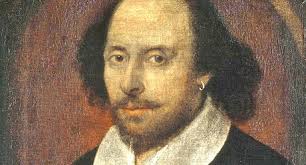Shakespeares Timeline of Life and Writing: Shakespeare produced most of his known work between 1589 and 1613. His early plays were mainly comedies and histories, genres he raised to the peak of sophistication and artistry by the end of the 16th century.
London, Theatre Career and His Writings
Contents
He then wrote mainly tragedies until about 1608, including Hamlet, King Lear, Othello, and Macbeth, considered some of the finest works in the English language. In his last phase, he wrote tragicomedies, also known as romances, and collaborated with other playwrights.

Many of his plays were published in editions of varying quality and accuracy during his lifetime. In 1623, two of his former theatrical colleagues published the First Folio, a collected edition of his dramatic works that included all but two of the plays now recognized as Shakespeare’s.
Shakespeare was a respected poet and playwright in his own day, but his reputation did not rise to its present heights until the 19th century. The Romantics, in particular, acclaimed Shakespeare’s genius, and the Victorians worshipped Shakespeare with a reverence that George Bernard Shaw called “bardolatry”.
Shakespeare Life Timeline
In the 20th century, his work was repeatedly adopted and rediscovered by new movements in scholarship and performance. His plays remain highly popular today and are constantly studied, performed and reinterpreted in diverse cultural and political contexts throughout the world.
It is not known exactly when Shakespeare began writing, but contemporary allusions and records of performances show that several of his plays were on the London stage by 1592.
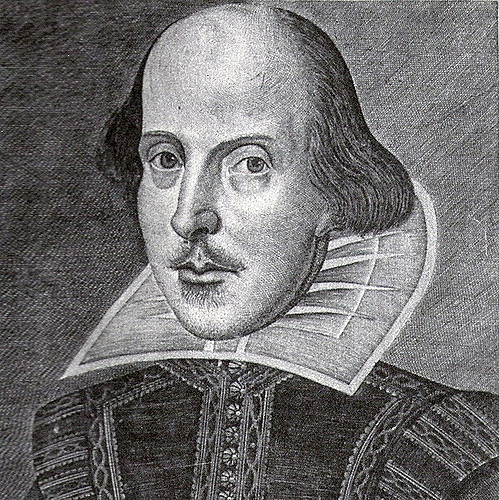
He was well enough known in London by then to be attacked in print by the playwright Robert Greene in his Groats-Worth of Wit.
Most of the scholars believed that Greene was accusing Shakespeare of reaching above his rank in trying to match university-educated writers such as Christopher Marlowe, Thomas Nashe and Greene himself (the “university wits”). Greene’s attack is the earliest surviving mention of Shakespeare’s career in the theatre.
Shakespeare’s Timeline of Life and Writing
Biographers suggest that his career may have begun any time from the mid-1580s to just before Greene’s remarks. From 1594, Shakespeare’s plays were performed only by the Lord Chamberlain’s Men, a company owned by a group of players, including Shakespeare, that soon became the leading playing company in London.
After the death of Queen Elizabeth in 1603, the company was awarded a royal patent by the new king, James I, and changed its name to the King’s Men. In 1599, a partnership of company members built their own theatre on the south bank of the River Thames, which they called the Globe.
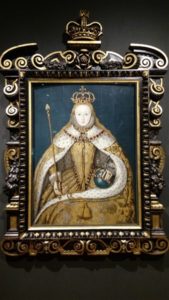
In 1608, the partnership also took over the Blackfriars indoor theatre. Records of Shakespeare’s property purchases and investments indicate that the company made him a wealthy man. In 1597, he bought the second-largest house in Stratford, New Place, and in 1605,
Shakespeare Timeline of Plays
He invested in a share of the parish tithes in Stratford. Some of Shakespeare’s plays were published in quarto editions from 1594. By 1598, his name had become a selling point and began to appear on the title pages.
Shakespeare continued to act in his own and other plays after his success as a playwright. The 1616 edition of Ben Jonson’s Works names him on the cast lists for Every Man in His Humour (1598) and Sejanus His Fall (1603).
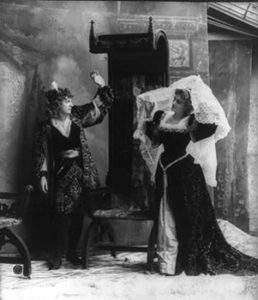
The absence of his name from the 1605 cast list for Jonson’s Volpone is taken by some scholars as a sign that his acting career was nearing its end. The First Folio of 1623, however, lists Shakespeare as one of “the Principal Actors in all these Plays”,
Some of which were first staged after Volpone, although we cannot know for certain which roles he played. In 1610, John Davies of Hereford wrote that “good Will” played “kingly” roles. In 1709, Rowe passed down a tradition that Shakespeare played the ghost of Hamlet’s father.
Shakespeare’s Timeline Traditions and Facts
Later traditions maintain that he also played Adam in As You Like It and the Chorus in Henry V, though scholars doubt the sources of the information. Shakespeare divided his time between London and Stratford during his career.
In 1596, the year before he bought New Place as his family home in Stratford, Shakespeare was living in the parish of St. Helen’s, Bishopsgate, north of the River Thames. He moved across the river to Southwark by 1599, the year his company constructed the Globe Theatre there.
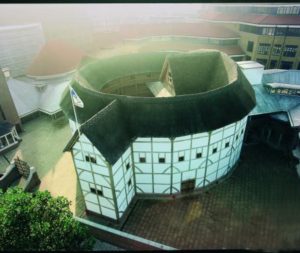
By 1604, he had moved north of the river again, to an area north of St Paul’s Cathedral with many fine houses. There he rented rooms from a French Huguenot called Christopher Mountjoy, a maker of ladies’ wigs and other headgear.
More Info On- Shakespeare’s timeline of life and writing: part 1, part 3, part 4
